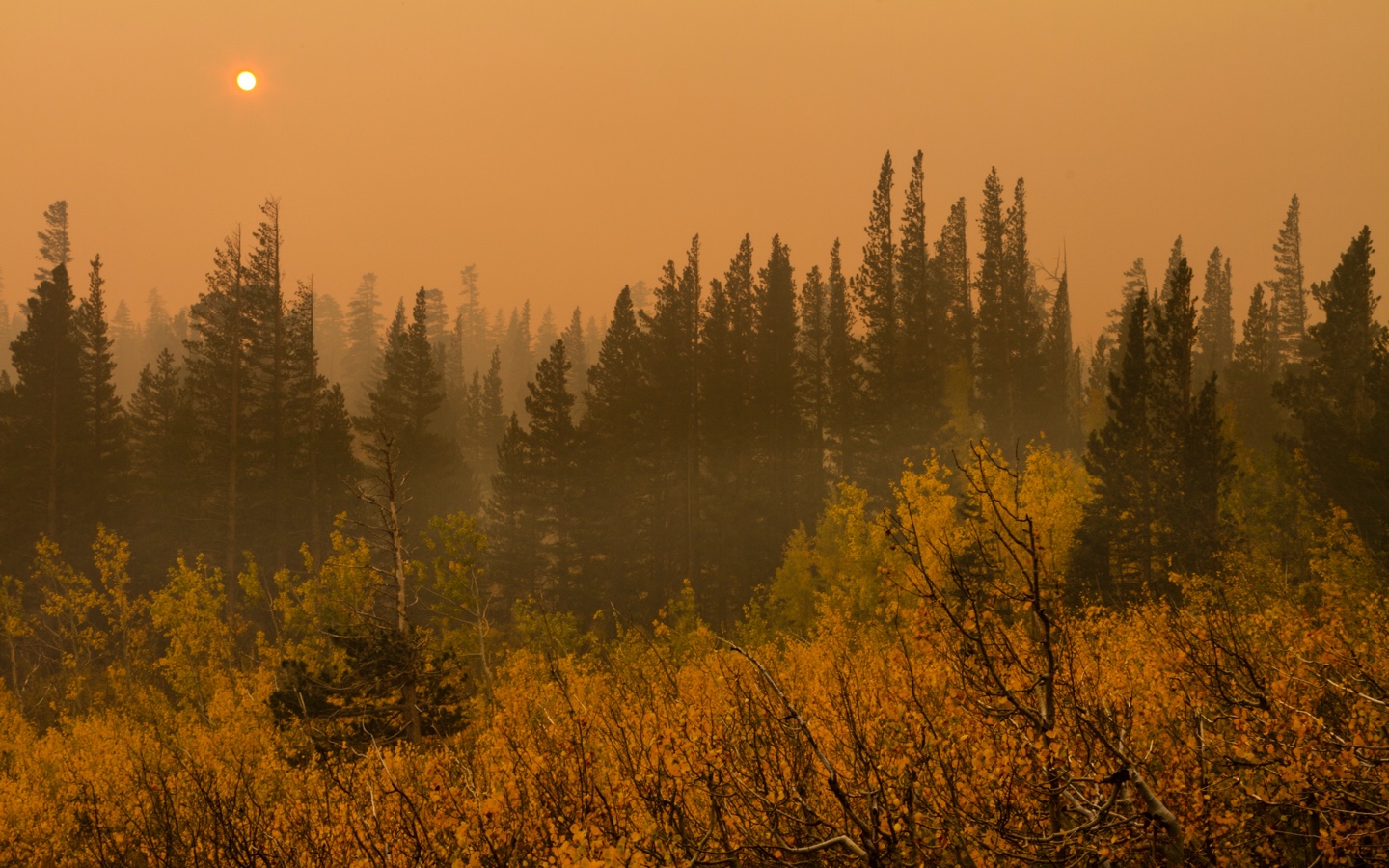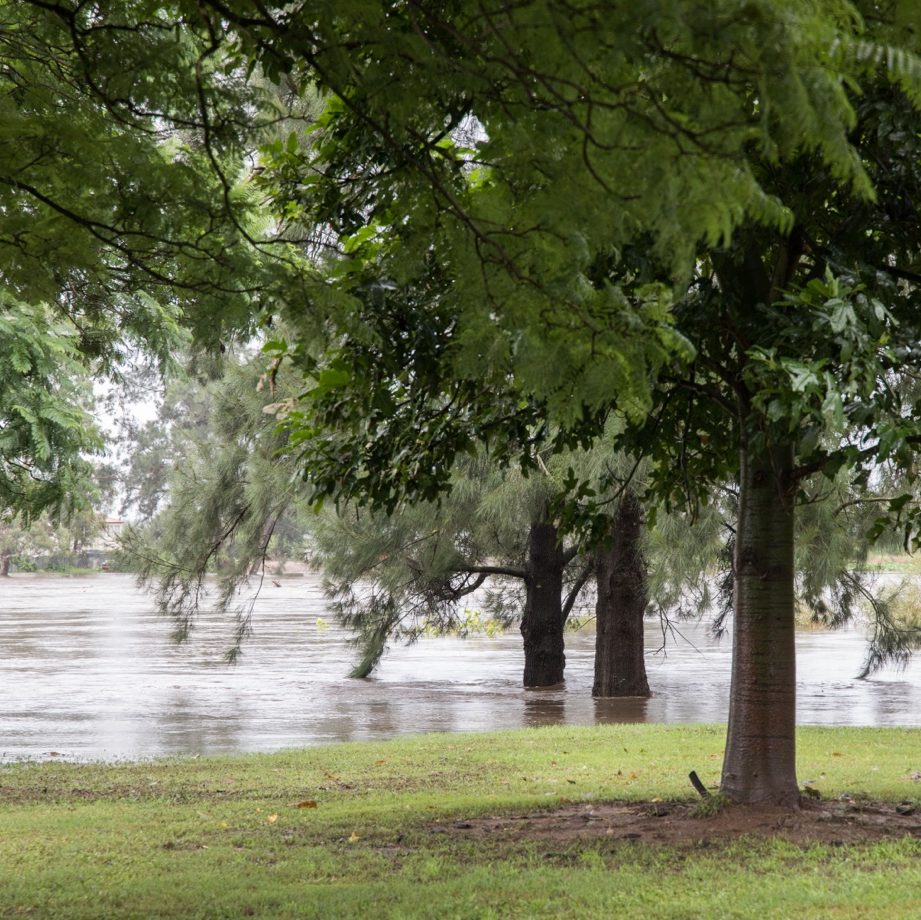If climate change continues to worsen, scientists and researchers predict as many as 200 million people could become climate migrants by 2050.
If you’ve read any climate news lately, you’ve probably come across the year 2050. This year is significant for a couple of reasons. It’s the target year for many countries to reach net-zero carbon emissions. It’s also when scientists say climate change will drastically reshape the world unless we can keep our atmosphere from warming past 1.5 degrees Celsius. We still have time to reverse the most devastating effects, but 29 years is a small window.
A 2019 study found that if climate change continues on its current trajectory, hundreds of cities around the world will experience a “striking” change in climate conditions, and about 22 percent of cities will experience climates that aren’t comparable to anything else on Earth today. That generally means higher temperatures and vast changes in precipitation patterns. And in September, the World Bank released a report predicting a worst-case scenario — that by 2050, more than 200 million people could be displaced due to the impacts of climate change.
There’s no doubt that changing climates and worsening natural disasters will disrupt ways of life and people’s ability to live in certain places — we’re already seeing this scenario play out in states like California, where more frequent and intense wildfires have forced locals to evacuate, and in New Orleans, where whole communities are losing their homes as a result of hurricane-related flooding. The question is if climate change continues to accelerate how many people will be become climate migrants in the future?

Read more: Climate Change is Causing Animal Species to Shrink
Migration caused at least in part by climate change has gained more attention in recent years. The Biden administration recently released a report on the subject, concluding that proactive steps are needed to assist current and future individuals who need to move, adapt to, or build resilience against the effects of climate change. (There are so far no related policies to help cities prepare for an influx in climate migrants). But climate migration has been an issue for long before the current administration looked into it; the idea was mentioned as early as the 1980s by the United Nations. And Robert McLeman, a professor of geography and environmental studies at Wilfrid Laurier University who focuses on the relationship between environment and human migration, first became interested in the topic in the mid-1990s.
“I was living in Hong Kong at the time. Much of the downtown core of Hong Kong is built on reclaimed land, which is only a meter or two above sea level,” says McLeman. “These projections were coming out saying sea levels are going to rise by a meter or more, and people are going to have to move. So it was very topical.”
At the time, reports often used the term “environmental refugees,” which has now been replaced by climate migrants, to better encompass the many reasons climate change might cause people to move. Sometimes, it’s a sudden and life-threatening occurrence, like having a home destroyed in a natural disaster. In other cases, slower-moving but urgent changes like rising sea levels, not being able to produce enough crops due to unforgiving growing conditions, or a less livable climate due to extreme heat will push people to move. In many cases, these also occur in tandem with political conflict, economic challenges, and other factors that force people to move elsewhere for a better life or for their own safety.
“What we’re often doing with human-induced climate change is magnifying or amplifying the effects of something that’s going to happen anyhow, or potentially could happen,” says McLeman. “We’re taking big storms and making them bigger. And so increasing the scale of human misery that accompanies them.”

Read more: Our 6 Favorite Podcasts Inspiring Climate Activism
In 2019, almost 24 million people were displaced by climate-related events and disasters like storms, flooding, and wildfires. In 2020, such events displaced 1.7 million Americans — the U.S. is often among the top five countries when it comes to the number of people who must move due to natural disasters annually, according to data from the Internal Displacement Monitoring Centre. The U.S. is also one of the wealthiest countries in the world and far more equipped to help its citizens move, rebuild, or increase resiliency than regions in Latin America or North and Sub-Saharan Africa. Even then, such initiatives usually cost billions of dollars. And countries that are more impoverished or enduring conflict remain disproportionately affected by climate-related displacement.
For climate migrants who have no choice but to leave their own country and move to another, one of the biggest concerns is many countries have discouraged or criminalized immigration and created inhumane conditions for many migrants. “Migration itself is neither good nor bad. It’s something that people do,” says McLeman. “The concern is, what are the conditions under which people migrate?”
He points to the concept of migration with dignity, coined by leaders of the island nation of Kiribati, which is predicted to be one of the first that will be deeply affected by rising sea levels due to climate change. The country’s long-term strategy is to ensure that its citizens can move to safer locales with a sense of belonging and community, knowing they have plenty to contribute to their new home country. Of course, the idea that migration should be welcome and seen as a benefit for all is increasingly rare in the countries most financially equipped to welcome immigrants. “How can we manage it in a way that reduces the risk as much as possible to people and maximizes opportunities for people to use migration as a way of earning funds to help build more resilient households in the communities?” says McLeman.
If this all sounds pretty daunting, McLeman emphasizes that there are still options available to help us better prepare for safer, more humane climate migration. But it’s going to take a reframing of migration in general and more aggressive action in addressing climate change. McLeman is most optimistic about grassroots action for climate change mitigation and resilience. “One of the more hopeful things that I see right now is that action is happening at the community, city, and state level,” he says. “People are making their own communities better, safer, more resilient places to live. Increasingly, politicians who ignore climate policy do so at their own peril.”

Read more: The Businesses Championing Climate Change Legislation
And politicians have no excuse not to act now. As a researcher who’s been studying the effects of climate change on migration for decades, McLeman says that decision-makers have all the information they need at this point to make real, impactful change.
“They know what the technological solutions are to get us off of fossil fuels, the policy pathways to get us managing migration for the benefit of all, the social inequities between countries around the world,” he says. “They have all the trade mechanisms and environmental agreements they need. We’re really at the point where they just need to get them on with it.”
Have feedback on our story? Email us at [email protected] to let us know what you think!

Shop Pillows
The Essential Organic Pillow Collection
Gentle, breathable, non-toxic support.




